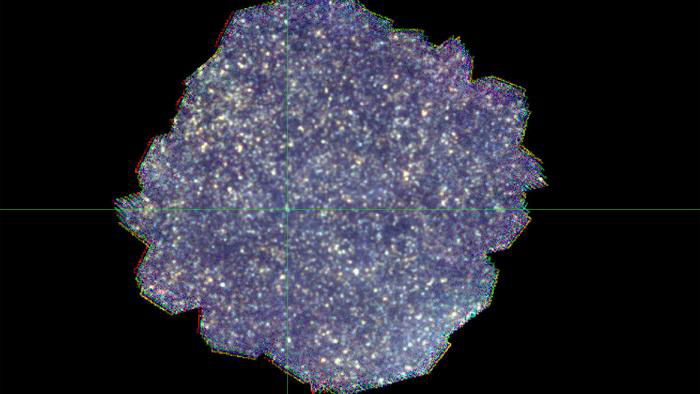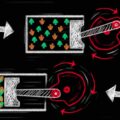New research suggests that hidden galaxies offering a glimpse into the past could reveal previously unknown secrets of the universe, potentially forcing scientists to reconsider current models of galactic evolution.
These galaxies may also account for the production of infrared light, helping to balance the universe’s energy budget to match the maximum observed levels. A team of researchers from STFC RAL Space and Imperial College London has found possible evidence of concealed galaxies in long far-infrared wavelengths, as observed in the deepest image of the universe ever created.
SPIRE
During the European Space Agency’s 2009–2013 Herschel Space Observatory mission, the SPIRE instrument captured the longest wavelengths of infrared light. Throughout the mission, SPIRE required continual calibration against a dark test region of sky near the North Ecliptic Pole, which resulted in an area of sky being densely imaged. The team combined 141 images collected during these calibration tests to produce a massive composite.
“This work has pushed the science with Herschel to its absolute limit, probing far below what we can normally discernibly see and potentially revealing a completely new population of galaxies that are contributing to the very faintest light we can observe in the universe,” said lead author Dr Chris Pearson of STFC RAL Space.
The Dark Field Composite
Named the Herschel-SPIRE Dark Field, the image is the deepest far-infrared sky image ever created by Herschel—five times deeper than any previous image. As astronomers stacked the images, a dusty, star-forming region of galaxies came into view, allowing researchers to track changes in brightness and gauge the fluctuating number of galaxies. This information helped scientists measure how galaxies contribute to the universe’s energy output.
“What we found was possible evidence of a completely new, undiscovered population of faint galaxies hidden in the blur of the image, too faint to be detected by conventional methods in the original analysis, said the lead author of the second paper, Thomas Varnish, of MIT.
“If confirmed, this new population would effectively break all of our current models of galaxy numbers and evolution,” Varnish added.
Challenges in the Deep Field
Researchers at STFC RAL Space also encountered significant challenges. Due to the extreme depth and density of galaxies, it became difficult to distinguish individual objects in the image, complicating data analysis.
“We employed statistical techniques to get around this overcrowding, analysing the blurriest parts of the image to probe and model the underlying distribution of galaxies not individually discernible in the original image,” Varnish said.
Pursuing Hidden Galaxies
“When we look at starlight through normal telescopes, we are only able to read half of the story of our universe, the other half is hidden, obscured by the intervening dust,” Dr Pearson said.
“In fact, roughly half of the energy output of the universe is from starlight that has been absorbed by dust and re-emitted as cooler infrared radiation. To fully understand the evolution of our universe we need to observe the sky in both optical and longer wavelength infrared light,” Pearson added.
To confirm their findings, the researchers plan to use telescope observations captured across multiple wavelengths to verify the presence of the newly identified galaxies.
European Space Missions to Continue
“These results show just how valuable the Herschel archive is,” Dr David Clements of Imperial College London. “We’re still getting great new results more than 10 years after the satellite stopped operating.
“What we can’t get, though, is more data at these wavelengths to follow up these fascinating new results. For that we need the next generation far-IR mission, PRIMA, currently being proposed to NASA,” Clements concluded.
RAL Space is also participating in the proposed PRIMA mission, alongside the University of Sussex, Imperial College London, and Cardiff University. PRIMA will be a 1.8-meter far-infrared imaging and spectroscopy telescope, designed to operate in the scientific gap between the James Webb Space Telescope and radio telescopes. NASA is currently considering both PRIMA and MIT’s AXIS Deep Extragalactic Survey for its $1 billion Probe Explorer’s Program grant, with a decision expected next year.
The papers “The Herschel-SPIRE Dark Field I: The Deepest Herschel Image of the Submillimetre Universe” and “The Herschel-SPIRE Dark Field – II. A P(D) Fluctuation Analysis of the Deepest Herschel Image of the Submillimetre Universe” both appeared on April 10, 2025 in Monthly Notices of the Royal Astronomical Society.
Ryan Whalen covers science and technology for The Debrief. He holds an MA in History and a Master of Library and Information Science with a certificate in Data Science. He can be contacted at ryan@thedebrief.org, and follow him on Twitter @mdntwvlf.

